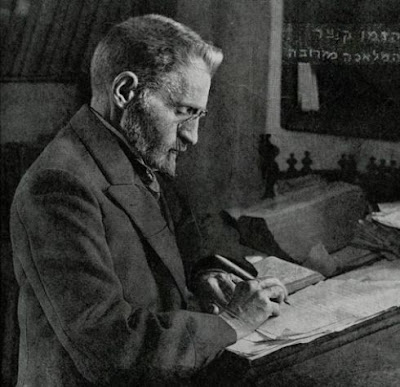Twebrew School Instructional Video: Lesson 47
Today, you'll be learning your last letter of the Aleph-Bet! We'll be focusing on the letter Tzadi, along with it's Final Letter, the Tzadi Sofit. This letter makes a Tz sound like in the word Matzah. We conclude by reading the blessing Ha'motzi Lechem Min Ha'aretz, which you may recognize as the bracha said over challah on Shabbat. (Remember: To request your very own copy of our Hebrew textbook, which corresponds to our online instructional videos, please "Enroll" in Twebrew School by clicking here . Within 2 Business Days, you will receive an email from us with a personalized link to a site where you can download the book. If you have any questions, please feel free to email us at JewishTreats@NJOP.org.)



